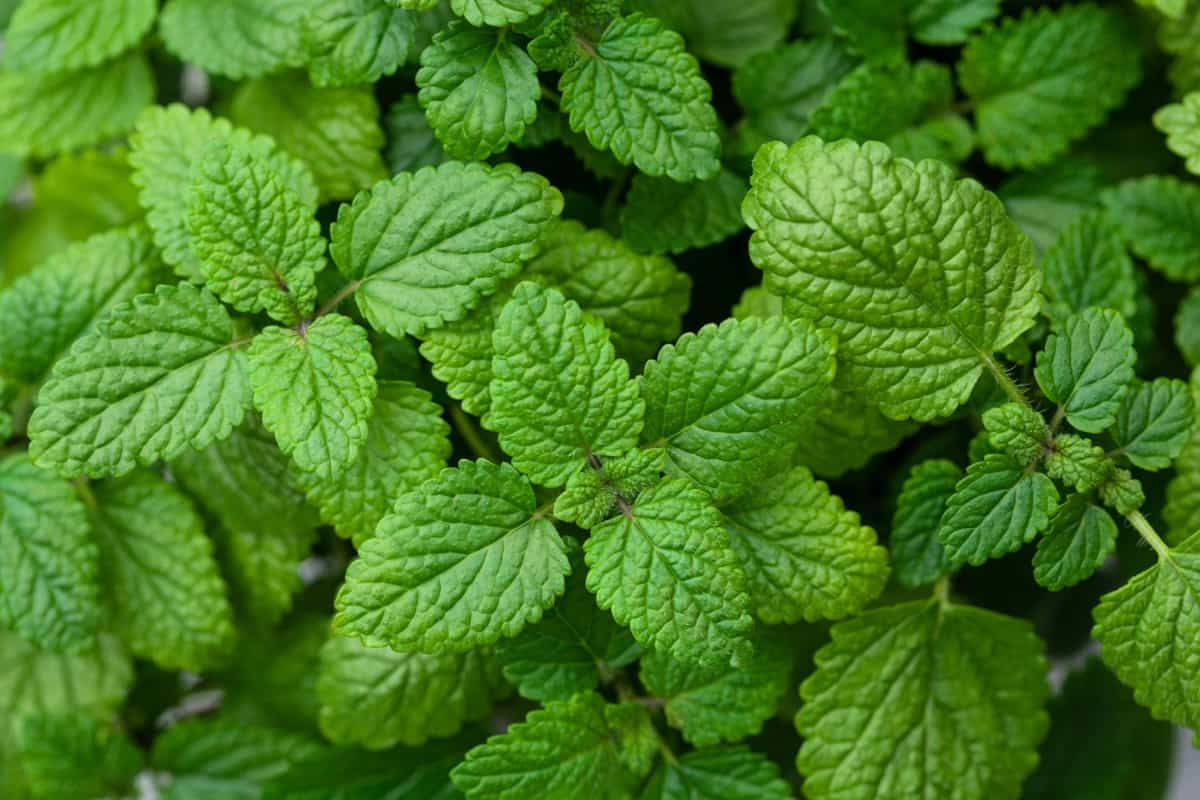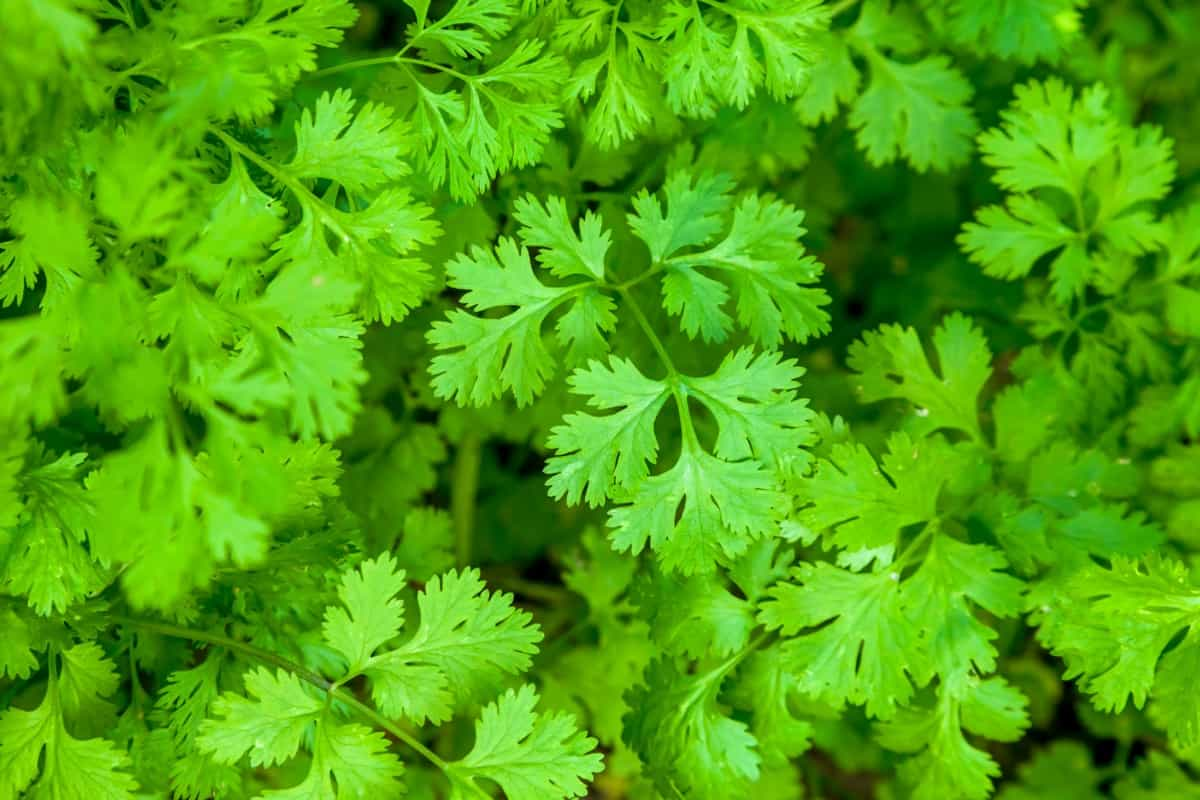The Mediterranean region is well-known for its pleasant climate, delectable cuisine, and abundant herbs. Mediterranean herbs come from countries such as Spain, France, Italy, Greece, Turkey, and the Mediterranean islands. Because of their unique properties, these herbs have been used in medicine and cooking for hundreds of years. Mediterranean herbs grow in the region’s hot, dry summers and mild, wet winters. They are highly drought-resistant and easy to grow, making them a fantastic addition to any backyard garden.
Mediterranean herbs differ from other herbs because they have strong smells and tastes, can grow in dry places, and are good for human health. Many of these plants are loaded with antioxidants and other nutrients that benefit the body in various ways. Whether you are a gardener, a professional chef, or want to add flavor and scent to your home, growing Mediterranean herbs is an excellent way to reap the benefits of these remarkable plants.
Benefits of Growing Your Own Herbs
- Flavor and Freshness: Growing Your Herbs Gives You Instant Access to the Flavorful, Fresh Herbs You’ve Been Consuming. Fresh herbs enhance the flavor of your food in a way that dry herbs simply can’t.
- Antioxidants, vitamins, and minerals are abundant in herbs’ access to the highest quality, most nutrient-dense plants.
- For centuries, herbs have been known for their ability to aid digestion and boost the immune system. Growing herbs at home can increase their nutritional value and incorporate them into cooking.
- Growing your herb is the most sustainable way. Avoid buying herbs from stores packaged in plastic.
- Herbs look good in gardens and homes. They can be grown in window boxes, hanging baskets, or garden beds for their fragrant blooms and home decoration.
Types of Mediterranean Herbs
Drought-tolerant herbs can thrive in hot and dry conditions, making them ideal for gardeners in arid regions. Cumin, lavender, Marjoram, oregano, Rosemary, saffron, sage, savory, tarragon, and thyme are all Mediterranean herbs that can tolerate drought. These herbs are known for their intense aromas and flavors and are popular additions to meat and vegetable dishes.
Moisture-loving herbs, on the other hand, require more water and humidity to grow. They prefer well-drained soil and partial shade to prevent their soil from drying out too quickly. Moisture-loving Mediterranean herbs include basil, chervil, chives, cilantro (coriander), fennel, garlic, mint, paprika, parsley, and turmeric. These herbs are often used in fresh salads, soups, and sauces.
12 Mediterranean Herbs to Grow in Your Garden
Sage
Sage is a woody-stemmed, blue-green herb with a pungent flavor commonly used to flavor dishes. Native to the Mediterranean, Sage also has medicinal uses and is rich in folate, calcium, and vitamins A and B, which can help improve brain function, skin conditions, and bone strength. Sage is often used in Thanksgiving dishes in the United States and savory dips and pasta. When growing Sage at home, ensure the soil is well-drained and nitrogen-rich. Place the plant in proper sunlight for germination, which typically takes 20 to 25 days.
In case you missed it: Frequently Asked Questions About Sage Farming

Garlic
Garlic is a flavorful herb from the Mediterranean with many health benefits. It is easy to grow in well-drained soil and a sunny location. Garlic can be harvested after the bulbs have formed and the leaves have turned yellow. It can be used in various dishes, from roasted to raw, and as a popular ingredient in sauces and dressings. Garlic is also rich in vitamins and minerals that can boost the immune system, reduce cholesterol, and lower the risk of certain cancers.
Basil
Basil is a flavorful and easy-to-grow herb that is popular in Mediterranean cuisine. Basil is grown in a pot or on the ground, with well-drained soil and regular watering. Basil can be used in various dishes, including pesto and other sauces. It is also known for its health benefits, including promoting cardiovascular health and having anti-microbial and anti-bacterial properties. Growing herbs at home, such as basil, is a great way to add fresh flavors to your meals while reaping health benefits.
Sweet Marjoram
Sweet Marjoram is a popular Mediterranean herb that adds a sweet and woody flavor to various dishes. It can be grown in pots or on the ground and prefers full sun and well-drained soil. Sweet Marjoram can be harvested throughout the growing season and is often used in salads and tomato dishes. This herb has many health benefits, including aiding in the relief of cramps, diarrhea, and constipation. To grow sweet Marjoram, plant seeds in early spring and transplant seedlings outdoors after the frosty season. It needs proper soil and sunlight for optimal growth.
Lemon Balm
Lemon balm, a perennial herb member of the mint family, is a versatile herb that is easy to grow at home. It can be grown in various soil types and can tolerate full sun to part shade areas. Propagation can be done through seeds or cuttings. It is beneficial for its calming properties and has been used in traditional medicine for its anti-inflammatory and antiviral effects. Lemon balm can be used fresh or dried to flavor teas, salads, and sauces, making it a great addition to any home garden.
In case you missed it: Frequently Asked Questions About Bay Leaf Farming

Chives
Chives (Allium schoenoprasum), an onion family member, are versatile herbs native to Europe, Asia, and North America. They add flavor to soups, salads, and sauces and are a popular garnish. Chives are easy to grow in most soils, prefer full sun but can tolerate partial shade, and require minimal care. Propagate by division in spring or fall, and harvest leaves 1-2 inches above the ground throughout the growing season. Chives add a mild onion flavor and contain nutrients like vitamins A and C, iron, and potassium. They also provide relief from colds and coughs.
Rosemary
Rosemary is a seasonal herb belonging to Lamiaceae mint. It is native to the Mediterranean but is now grown worldwide, including in North America. Rosemary’s fragrant needle-like leaves are used in Mediterranean cooking. Rosemary has medicinal and cooking uses. The herb includes antioxidant and anti-inflammatory compounds. Reports say Rosemary may improve memory, concentration, stress, and digestion. It may reduce irritation and pain. Aromatherapy and massage use rosemary leaf oil. The oil may help relax muscles and calm the mind. Container planting and home gardening use the herb.
Oregano
Oregano can withstand drought and requires minimal fertilization, making it a great addition to any garden. It is a low-maintenance herb easily grown from seed or as a young plant. When harvesting, cut the stems back to around 2 inches above the ground and hang them upside down in a dark, dry area to dry out.
Oregano is available in various types, including dried and fresh, each with a unique taste and aroma. This herb is rich in antioxidants and has digestive benefits. For best results, start growing oregano a few months before winter and ensure the soil is well-drained and receives plenty of sunlight.
Lavender
Lavender is a fragrant herb that is easy to grow and care for. It prefers full sun and well-drained soil, making it a great addition to any summer garden. Lavender can be used for fresh and dried arrangements; its flowers add a lovely touch to any home decor. To grow lavender, sow the seeds in a warm location with a light potting mix and water well without making the soil too soggy. English lavender has many benefits, including curing headaches, anxiety, and insomnia.
Mint
Mint is a versatile herb that is used in a variety of dishes, both sweet and savory. It belongs to the Lamiaceae family and is native to Europe, Asia, and Africa. Mint can be used fresh, dried, or as an essential oil and is commonly used in Mediterranean dishes and desserts. Mint is easy to grow and can be grown indoors or outdoors in moist, well-drained soil, although it is best to plant it in a pot or container to prevent aggressive spreading. Mint has many health benefits and can aid in treating gas and indigestion and support healthy cholesterol levels.
Fennel
Fennel is a mild, licorice-like herb that complements Mediterranean flavors. It can be used in various dishes, from soups and stews to salads and baked goods. To grow fennel, start with seeds or transplants in the spring in full sun and well-drained soil. Once established, it is drought-tolerant. Harvest the leaves and stalks as needed and the bulb when it’s about the size of a tennis ball. Fennel can be stored in the refrigerator for up to a week.
Coriander
Cilantro, or coriander, is an annual herb in the Apiaceae family, native to regions spanning from southern Europe and northern Africa to southwestern Asia. It grows up to 50 cm tall, with variable-shaped leaves and small, asymmetrical flowers. Cilantro is widely used in cuisines worldwide, with its leaves used in soups, stews, and salads. Its pungent flavor may not be to everyone’s liking, but its seeds, known as coriander, have a milder flavor and are used as a spice in baked goods.
In case you missed it: Frequently Asked Questions About Coriander/Cilantro Farming

Conclusion
Herbs from the Mediterranean can be grown in a home garden to add flavor to dishes, beauty to landscaping, and health advantages to the people who use them. Every garden has a Mediterranean plant, from the tried-and-true like Rosemary and thyme to the more exotic like za’atar and sumac.
- Feed Your Flock for Less: Top 10 Tips to Save on Chicken Feed
- Ultimate Guide to Ossabaw Island Hog: Breeding, Raising, Diet, and Care
- Hatching Answers: The Top 10 Reasons Your Chickens Aren’t Laying Eggs
- Eggs and Economics: Breaking Down the Cost of Raising Backyard Chickens
- Defend Your Greens: Proven Methods to Keep Iguanas Out of Your Garden
- Ultimate Guide to Cinnamon Queen Chicken: A Comprehensive Guide for Beginners
- Ultimate Guide to California Tan Chicken: Breeding, Raising, Diet, Egg-Production and Care
- Ultimate Guide to Marsh Daisy Chicken: Breeding, Raising, Diet, and Care
- 10 Types of Chicken Farming Businesses You Can Start for Profits